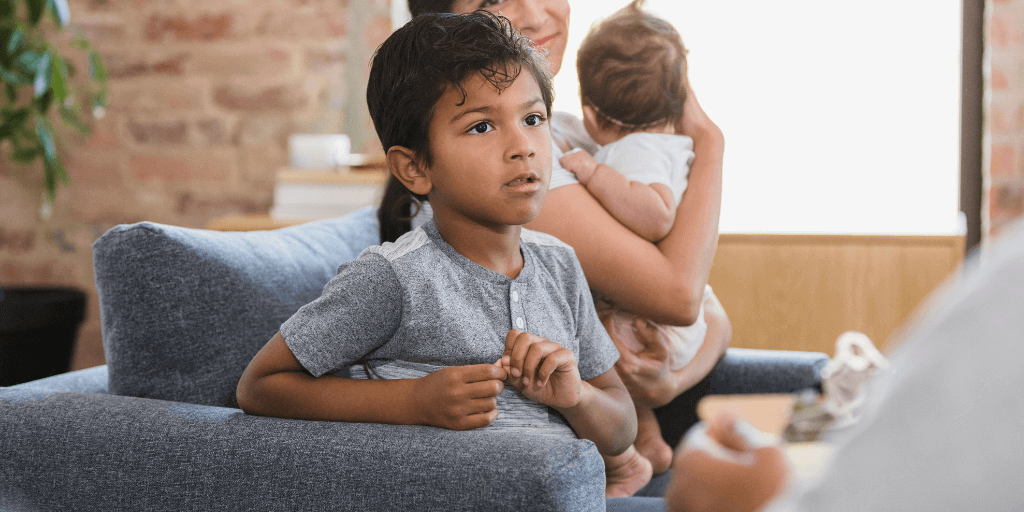
Young People and Coercive Control
‘Young People and Coercive Control’ blog article was written by Lyn Millett, Executive Manager, Education and Safeguarding Services at Australian Childhood Foundation.
A growing body of evidence indicates the serious and long-term harm caused by coercive control. Yet we often do not consider its impacts on children and young people exposed to family and domestic violence.
Coercive control is defined as a pattern of abusive behaviour designed to create power or dominance over another person or persons. It is used to harm, punish, intimidate, degrade, isolate and frighten and may include a range of behaviours including verbal and emotional abuse, control of time, space and movement, continual monitoring, stalking, physical and sexual violence, financial abuse, denial of resources and isolation from sources of support.
It has been described as a language of control that victims are “intimately fluent in” and the “governing logic” of violence against women and children. There is clear evidence of serious and harmful long-term effects on individuals and families that experience coercive control. Aboriginal women, migrant women and those who live with a disability are significantly overrepresented and the COVID-19 pandemic has amplified these impacts further. Such is the recognition of its negative impact, the Attorneys General in all states of Australia jointly resolved in August 2022 to tackle a nationally consistent approach on how to legislate against coercive control and move towards a legally based response.
Much has been written on the use of coercive control by male partners on women, but this knowledge has not yet reached most research on children and young people which tends to focus more on their exposure to physical violence (Katz, 2015).
Young people can be exposed to coercive control in two main ways:
- In the family home where fathers or significant adult males place young people in isolated, disempowering and constrained environments that affect their mental health, reduce their access to formal and informal supports and restrict their ability to engage positively in education.
- In relationships where their partner demonstrates a range of controlling behaviours including technology-based abuse such as obsessively texting, calling and emailing, monitoring their social media accounts, pressuring them to send naked photos, etc.
There is strong evidence that many young people do not understand or recognise the early signs of coercive control behaviour in intimate relationships. In the Young Life and Times Survey 2020-2021, conducted in Northern Ireland amongst 16-year-olds, only 16% reported having heard of the term coercive control and having some understanding of its meaning. The survey also found that a higher number of girls were unaware of the term and meaning of coercive control.
By addressing the underlying attitudes and behaviours that drive coercive control early and recognising that it is a product of social norms and structural inequalities, it may be possible to stop the behaviours before they start by changing the culture that allows them to happen. Using a primary prevention approach targeting awareness and recognition of coercive control in young people’s relationships has a number of advantages. A strong body of evidence from a range of fields indicates that intervening in childhood and adolescence is one of the most powerful ways of preventing problems in adulthood. Many of the factors that increase the risk of violence against women are particularly salient in adolescence – including alcohol and drug use, justice involvement and negative peer associations. Intervening early provides the opportunity to interrupt trajectories that might otherwise result in perpetration or victimisation.
As part of a primary prevention strategy to address coercive control, it is extremely important to acknowledge the serious impacts coercive control has on young people and recognise that young people’s voices must contribute to community and government responses.
Primary prevention must focus on resources and education that help young people to identify coercive control, combat stereotypes and stigma and encourage young people to develop healthy and respectful relationships. Young people in marginalised groups – such as LGBTQI+, culturally and linguistically diverse and Aboriginal young people – need special consideration. There is also evidence to suggest peer-to-peer education and co-design are effective ways to develop a primary prevention approach supporting young people to recognise and respond to coercive control in relationships.
As professionals working with children and young people, we need to recognise they experience coercive control as primary victims and that this has a serious and lasting impact, whether directed at them or in their presence. We also need to invest in research and resources that support more recognition of this issue and the harm it causes.
Subscribe to the Professionals Newsletter
Our regular e-newsletters help connect you to our blog, research, free resources as they are produced and training opportunities including access to experts in the field, webinars, international speaker tours and our conferences.
More than 40,000 professionals from around the world are already connected. We would love to keep you in the loop.
